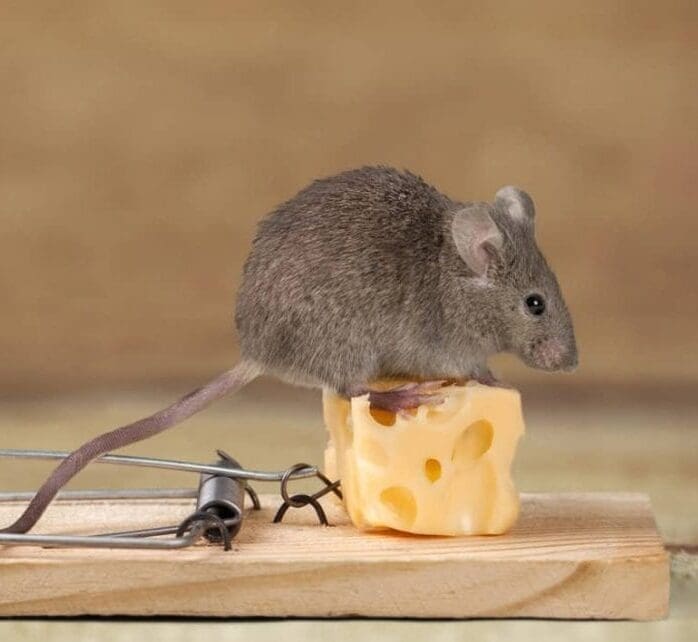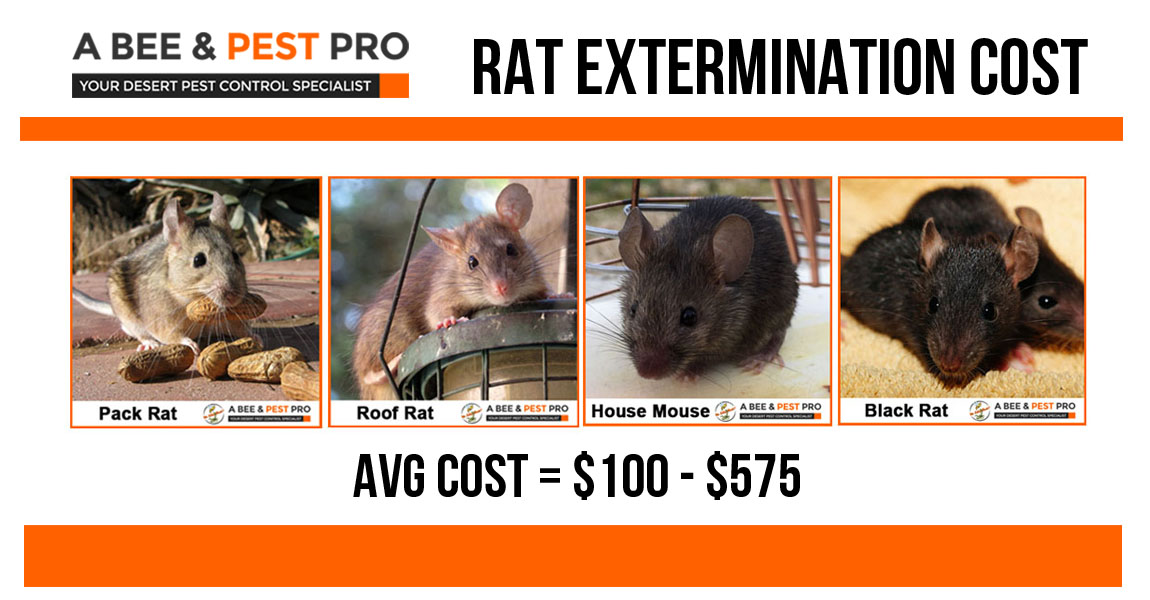Some Known Details About Austin Rat Removal, Rat Control, Rat Trapping


Tips on Rat Removal During Winter Months - B&B Exterminating Co, Inc
The Basic Principles Of Rat Removal Tarpon Springs - Rat Exterminator Pinellas
Appearance, Norway Rats are regularly called brown or sewage system rats. They are large, bulked-up looking rats that can grow to lengths of about 13-16 inches when measured from their nose to the tip of their tail. Pigmentation is mostly gray on their underside and reddish or grayish-brown to black on the top of their body.
With blunt snouts, Norway rat adults weigh about 7-18 ounces. Roof Rats are commonly called black rats and are smaller than Norway rats. Grownups range in weight from about 5-10 ounces. Their tails are longer than the rest of their body and are uniformly dark colored. The underside of the roofing rat's body is grayish to white.

Rat Removal in Lake Wales - Trapping - Control - Exterminator
Habits, Roof rats are adept climbers and not remarkably are apt to construct their nests in areas above ground. However, they may in some cases likewise construct nests in burrows. These rats are mainly active in the evening. Scientists have actually kept in mind that the roof rat's long tail is adjusted to boost their capability to climb and functions to assists them in balancing.
About Pack Rat Removal in Tucson, AZ - Animal Experts Inc.
Roofing rats are not accomplished swimmers and are not normally found in sewage systems. You Can Try This Source are usually active at sunset or throughout the night and are non-active throughout daylight hours. Nevertheless, when a Norway rat population grows so large that competitors from other rats for food, water and harborage increases, some members of the rat community might seek to discover new locations to colonize during the daytime.

Rat Removal, Control and Prevention - Gregory Pest Solutions
Norway rats can climb up, however not in addition to roofing system rats, and are strong swimmers. Diet plan, Roof rats are omnivores and will eat lots of types of plant life such as fruits, grains, seeds and grocery produce. Also, roofing rats are most likely to take in bugs. Much like Norway rats, roofing system rats ruin even more foodstuffs by contamination from feces and urine than from usage.

Also, Norway rats might prey upon fish, poultry, mice, birds, little reptiles and amphibians. They may eat plant life, but choose to meat or meat-related wastes. Find out more about what rats consume. Environment, As pointed out above, roofing rats prefer aboveground nesting places in shrubs, trees, and dense plants. Roofing rats entering houses are normally found in raised or protected enclosures such as walls, cabinets, attics, and incorrect ceilings.
